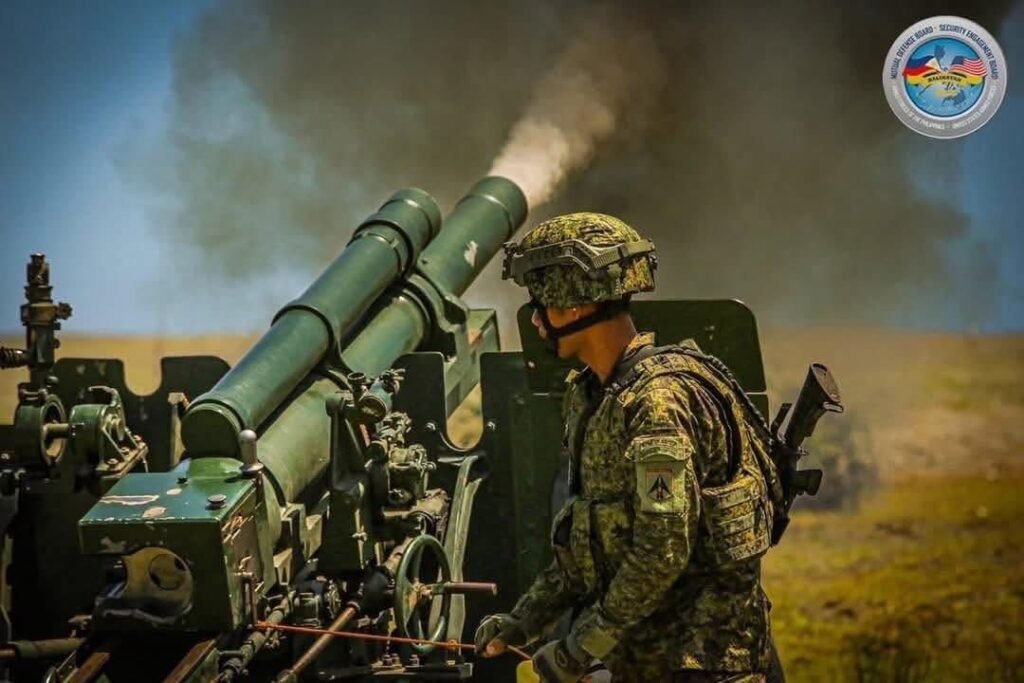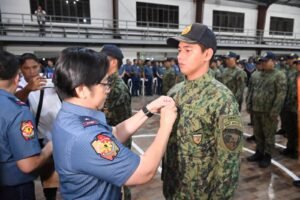The Armed Forces of the Philippines (AFP), in coordination with United States military forces, staged a large-scale counterlanding and live-fire drill on May 3 in Barangay Dodan, Aparri, Cagayan.
The simulation formed part of the ongoing Exercise Balikatan 40-25, aiming to strengthen bilateral military coordination and coastal defense capabilities in the northernmost part of Luzon.
The drill depicted a scenario involving an incoming threat force attempting an amphibious landing on the Aparri coastline. In response, combined Philippine and U.S. troops executed a swift counter-landing operation, showcasing synchronized firepower, precision maneuvers, and seamless interoperability between allied units.
Among the Philippine assets mobilized were Sabrah battle tanks, ATMOS 155mm howitzers, 105mm artillery, and Light Armored Vehicles, alongside advanced targeting and maneuver systems.
U.S. forces reinforced the exercise with heavy air and ground support, including AH-64 Apache helicopters, F-16 fighter jets, and a P-8A Poseidon aircraft conducting maritime surveillance. Real-time data-sharing and targeting further enhanced the joint forces’ coordinated response. The drill underscored the growing capability of allied forces to defend key maritime entry points and respond to potential threats swiftly and effectively.
Units from the Philippine Army, Philippine Marine Corps, Special Operations Command, Philippine Air Force, and Marine Reservists participated, along with their U.S. counterparts from the Marine Corps, Army, and artillery units. The exercise emphasized the shared commitment of the Philippines and the U.S. to regional security and maintaining a free and open Indo-Pacific.















